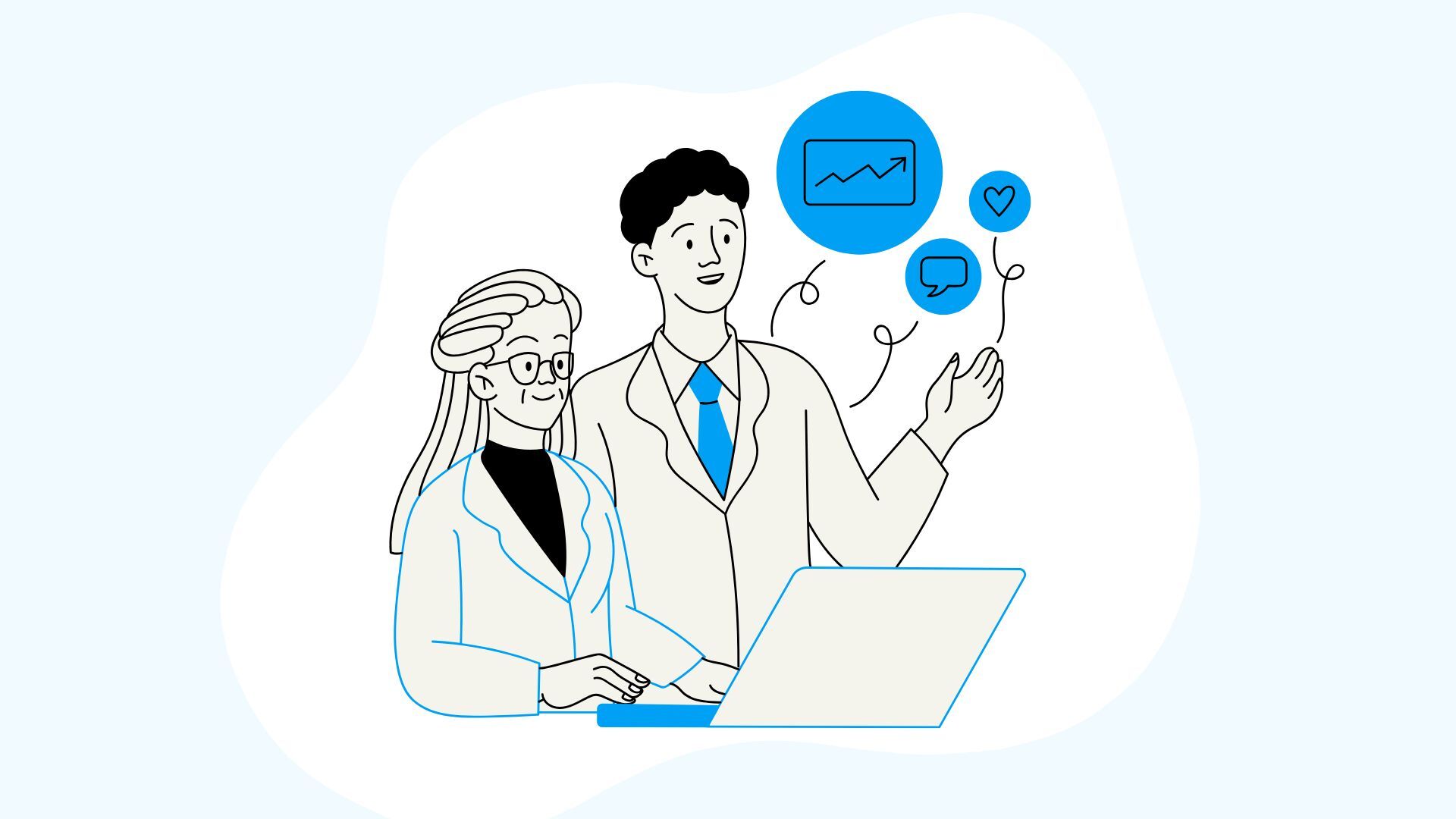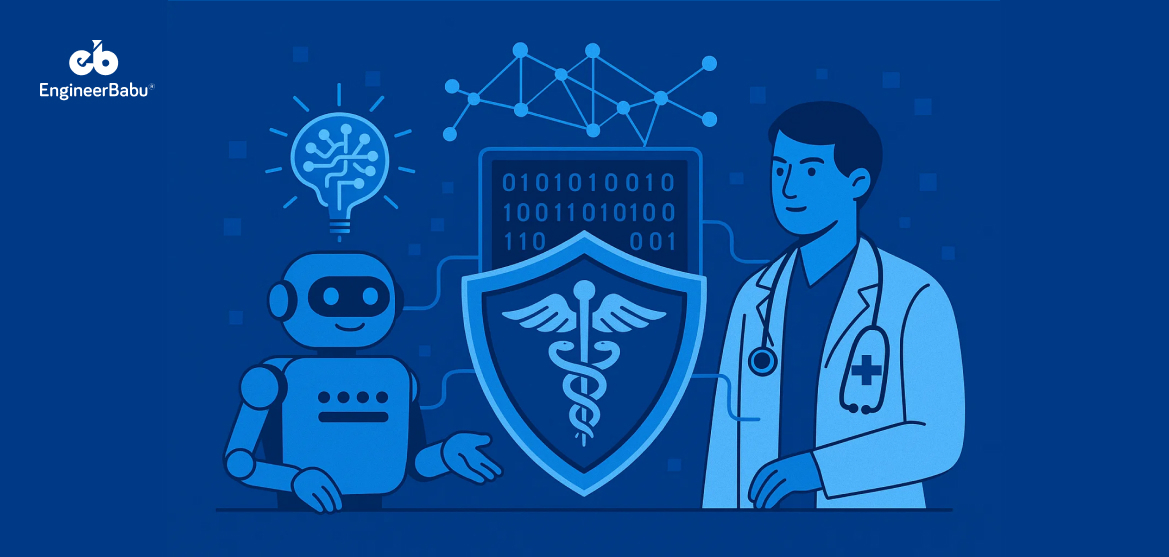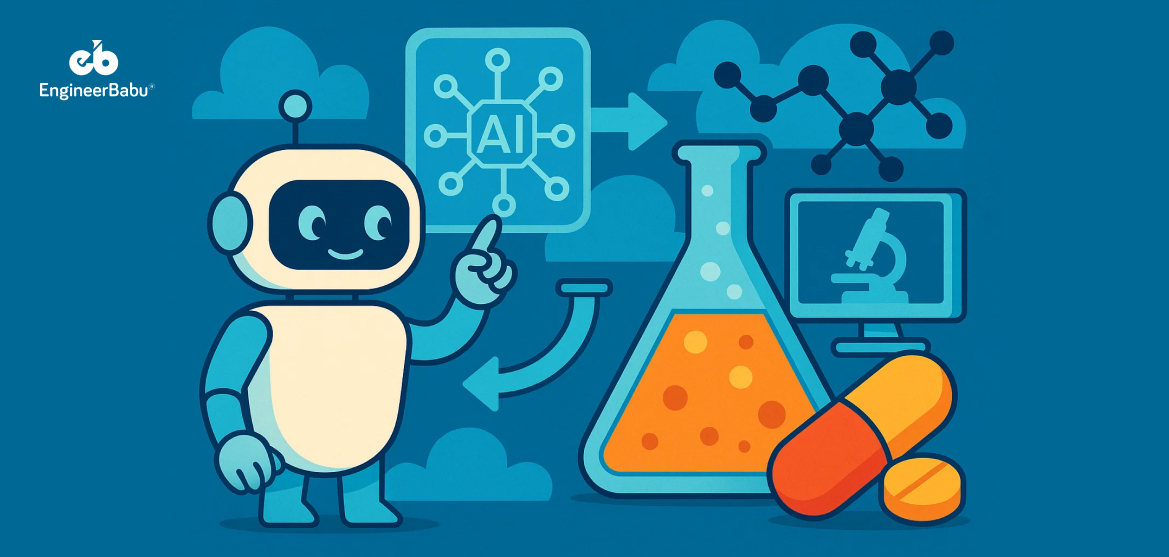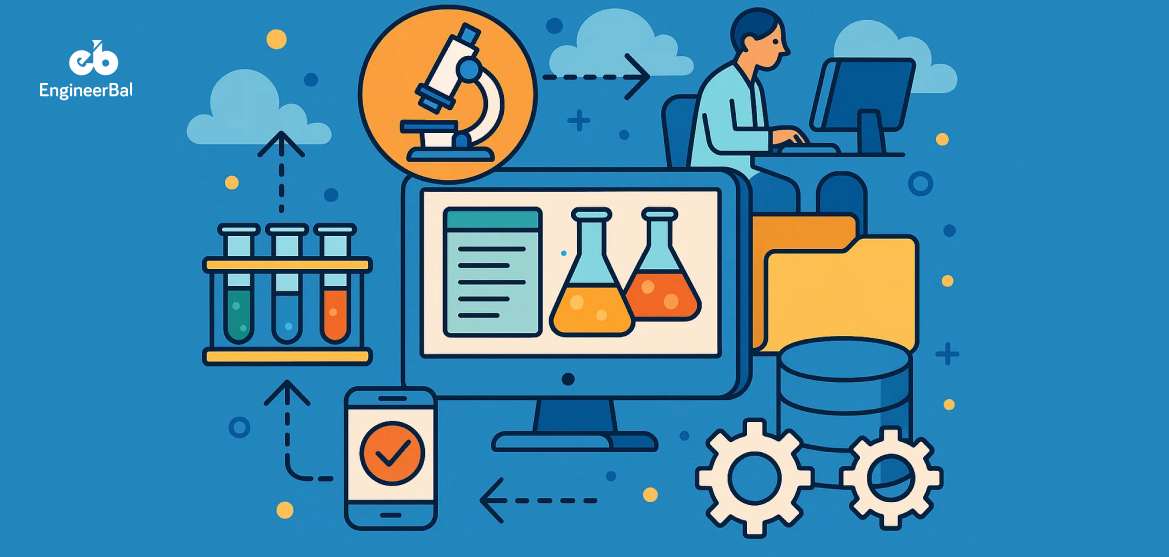Patients are skipping the waiting room. Providers are redesigning care plans around virtual-first visits. Startups are building healthtech apps that don’t just support telehealth—they depend on it. What used to be a convenience is now a core part of how care is delivered, managed, and scaled.
In fact, 86.5% of U.S. physicians now use telemedicine. Four years ago, that number was just 15%. For healthcare providers this isn’t just adoption—it’s an operational overhaul.
This shift isn’t just about new tools. It’s changing how healthcare works—from how doctors diagnose and monitor to how hospitals think about infrastructure. And for anyone in healthcare or healthtech, staying on top of these changes isn’t a nice-to-have—it’s survival.
Here are the trends shaping the next chapter of remote care—and why you’ll want to keep a close eye on all of them.
Telehealth Expansion: Remote Healthcare by the Numbers
The growth of telehealth has been remarkable. In 2019, only 15.4% of physicians used telemedicine. By 2021, that number soared to 86.5%. This rapid adoption shows how quickly healthcare providers embraced remote care.
Patients have also embraced telehealth. In the last quarter of 2023, over 12.6% of Medicare beneficiaries used telehealth services. This indicates a sustained interest in remote healthcare options.
Looking ahead, the global remote healthcare market was valued at $11.0 billion in 2023 and is projected to grow at a compound annual growth rate (CAGR) of 16.5% from 2024 to 2030. This growth reflects the increasing demand for telehealth services worldwide.
These statistics highlight a clear trend: telehealth is not a temporary solution but a fundamental shift in healthcare delivery. Understanding these trends is crucial for healthcare providers and health tech businesses aiming to stay ahead in this evolving landscape.
10 Digital Healthcare Trends to Stay Updated With
Trend #1: Virtual-First Primary Care
The concept of virtual-first primary care is gaining traction. Patients now have the option to consult with primary care physicians through telemedicine platforms before considering in-person visits. This approach enhances accessibility and convenience, allowing for timely medical advice without traveling.
Virtual-first care models can lead to early detection of health issues and more personalized care plans. For healthcare providers, this trend offers an opportunity to optimize resources and improve patient satisfaction by meeting the growing demand for flexible healthcare options.
Trend #2: AI-Powered Diagnostics and Monitoring
Artificial Intelligence (AI) is revolutionizing diagnostics and patient monitoring. AI algorithms can analyze medical images, predict disease progression, and monitor patient vitals in real-time. For example, AI-driven tools assist in early detection of conditions like diabetic retinopathy and cardiac anomalies.
Healthtech companies are integrating AI into wearable devices, enabling continuous monitoring and timely interventions. This not only improves patient outcomes but also reduces the burden on healthcare facilities by managing chronic diseases more effectively.
Trend #3: Remote Patient Monitoring (RPM) with Wearables
Wearable devices have become integral to Remote Patient Monitoring (RPM). Devices such as smartwatches and fitness trackers monitor heart rate, blood pressure, and oxygen levels, transmitting data to healthcare providers. This continuous data flow allows for proactive management of chronic conditions.
The RPM market is expanding rapidly. In the United States, it reached $13.4 billion in 2022 and is projected to grow at a CAGR of 11.1%, reaching $25.28 billion by 2028. This growth reflects the increasing adoption of wearable technology in healthcare.
Trend #4: Interoperability and Integration of Health Data
As telehealth services proliferate, the need for interoperable systems becomes critical. Seamless integration of health data across platforms ensures that healthcare providers have a comprehensive view of patient histories, leading to better-informed decisions.
Efforts are underway to standardize data formats and communication protocols. Healthtech companies that prioritize interoperability are better positioned to collaborate with existing healthcare infrastructures, enhancing the overall efficiency of care delivery.
Trend #5: Mental and Behavioral Telehealth Expansion
Telehealth has significantly expanded access to mental and behavioral health services. The convenience and privacy of virtual consultations have reduced barriers to seeking help. In 2021, 40% of mental health and substance abuse visits in the United States were conducted via telehealth, compared to only 5% of all other outpatient care visits.
This shift addresses the growing demand for mental health services and highlights the adaptability of telehealth platforms to provide critical support. Healthcare providers are now more equipped to offer timely interventions, contributing to better mental health outcomes.
Trend #6: Regulatory Shifts Supporting Remote Models
Regulatory bodies have adopted policies to support the expansion of telehealth. For instance, Medicare’s expanded telehealth services will remain available to beneficiaries through September 30, 2025, after an extension signed into law under the Full-Year Continuing Appropriations and Extensions Act. These changes have been pivotal in integrating telehealth into mainstream healthcare.
Healthcare providers and healthtech businesses must stay informed about regulatory developments to ensure compliance and leverage opportunities arising from supportive policies.
Trend #7: Security and Compliance Tech Advancements
With the rise of telehealth, ensuring the security and privacy of patient data has become paramount. Advancements in encryption technologies and secure communication platforms are addressing these concerns.
Healthtech companies are developing solutions that comply with regulations like HIPAA, building trust among users.
Trend #8: Rise of Asynchronous Telehealth
Not every remote interaction needs to happen live. Asynchronous telehealth—where patients and providers communicate on their own time using secure messaging, pre-recorded videos, or structured intake forms—is gaining ground.
This model cuts down on scheduling issues and frees up time for providers. It’s particularly useful for follow-ups, medication refills, and triage workflows. Platforms like Bright.md and DermTech have already built businesses around it, and more health systems are adding it as an option.
Trend #9: Voice Tech and Ambient Clinical Intelligence
Voice assistants are starting to move from consumer devices into clinical use. Think: AI scribes that listen during telehealth visits and auto-generate documentation.
Companies like Nuance (with its Dragon Ambient eXperience) are leading the way. For remote healthcare, this means doctors spend less time typing and more time with patients—even virtually. It’s also helping reduce burnout and streamline EMR workflows.
Trend #10: Personalized Care Pathways Through Predictive Analytics
With more health data flowing in from wearables, EHRs, and RPM devices, remote care is moving toward personalized pathways. Predictive analytics tools can identify when a patient might be at risk of a flare-up or ER visit and trigger tailored interventions.
This proactive model helps health systems shift from reactive care to prevention and improves outcomes—especially in high-risk populations.
Conclusion
Remote healthcare is no longer a backup plan—it’s the blueprint. For healthcare providers and healthtech businesses, knowing where the sector is heading is critical. From asynchronous visits and predictive care to voice-based documentation, each trend offers a way to improve care, save time, or build smarter products.
From integrating real-time data from wearables to designing HIPAA-compliant messaging systems and scaling virtual care platforms, these projects often require a mix of deep technical skill and healthcare domain knowledge.
Collaborating with experienced app development teams helps bridge the gap between clinical goals and usable tech—turning ambitious ideas into tools that providers and patients can actually rely on.
Frequently Asked Questions (FAQs)
How does telehealth work for healthcare providers?
Telehealth allows providers to consult with patients remotely using video calls, phone calls, or messaging platforms. This enables real-time diagnosis, treatment planning, and follow-up care without the need for in-person visits.
Is remote patient monitoring secure?
Yes, remote patient monitoring platforms prioritize patient privacy and data security. Data transmission is encrypted to protect patient information, and strict protocols are followed to ensure compliance with healthcare privacy regulations, such as HIPAA.
What conditions can be monitored using remote patient monitoring?
Remote patient monitoring can be used to monitor various chronic conditions, such as hypertension, diabetes, heart failure, chronic obstructive pulmonary disease (COPD).
What should a healthcare app for RPM include?
A healthcare app for Remote Patient Monitoring should support seamless data collection, real-time alerts, and secure communication between patients and providers. Key features include:
- Integration with Bluetooth or Wi-Fi-enabled medical devices (e.g., blood pressure cuffs, glucose meters)
- Dashboards for clinicians to track vitals and trends
- Automated alerts for abnormal readings
- Patient reminders for measurements or medication
- HIPAA-compliant data encryption and storage
Some apps also offer video visits, symptom tracking, and EHR integration, which can improve care coordination and chronic condition management.
Can Engineerbabu build a healthcare app that keeps up with these trends?
Engineerbabu is a trusted IT services provider with extensive experience building healthcare apps. Our expert teams have worked with many brands to develop scalable, HIPAA-compliant apps.




